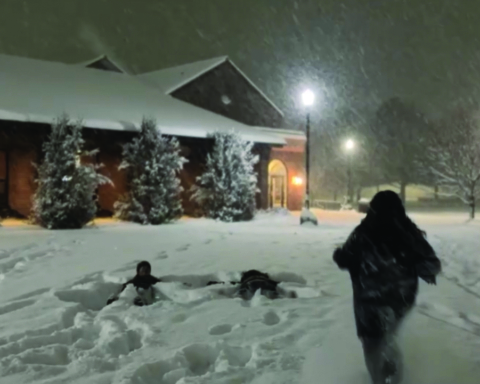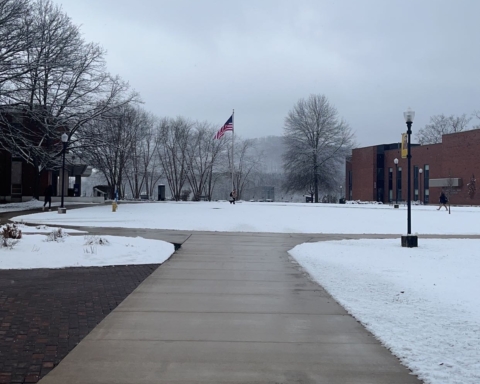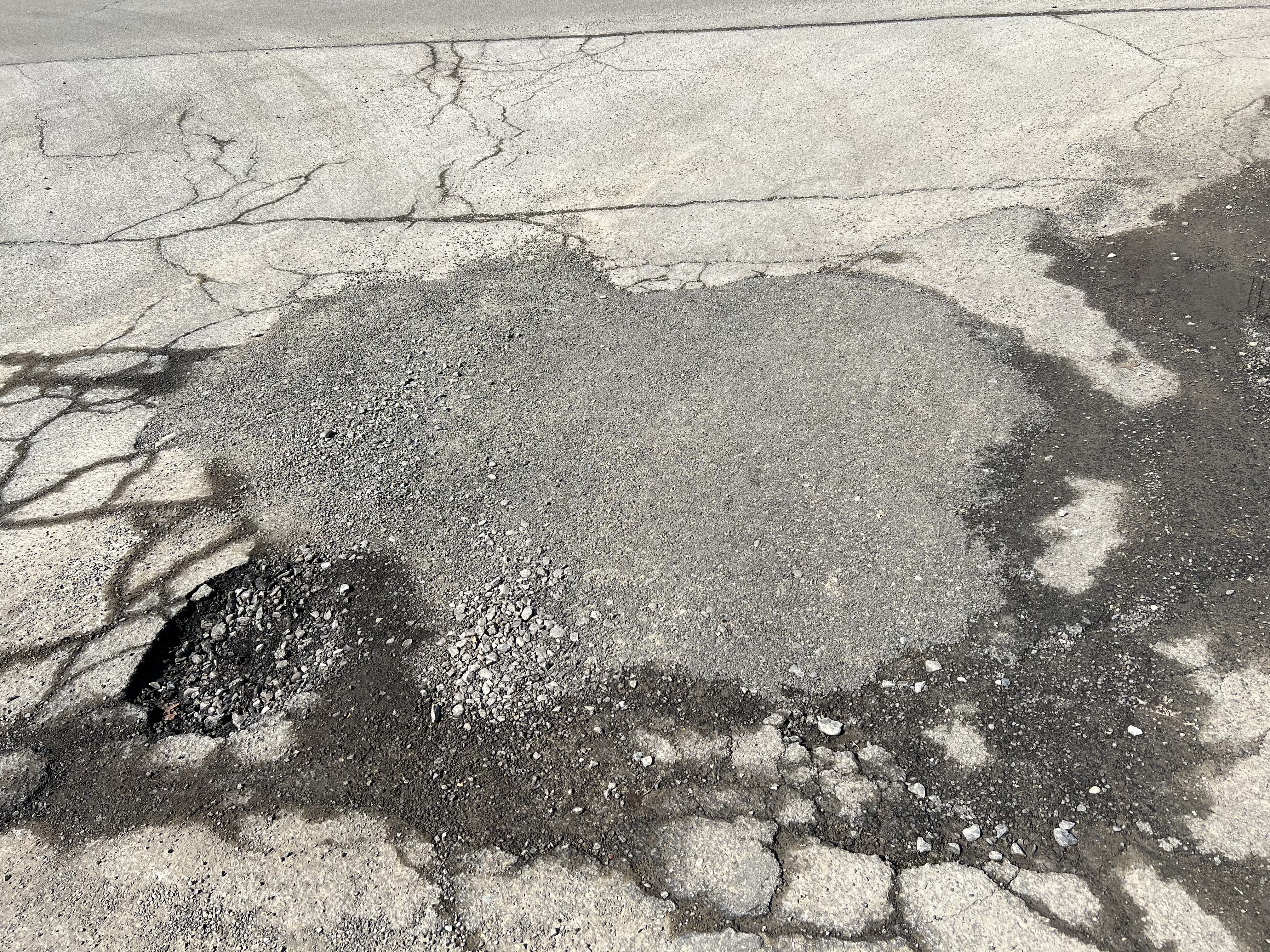By Nate West
Opinion Editor
I saw a kid wearing shorts and a t-shirt as he left De La Roche and went to the Hickey on Wednesday.
Tuesday night dropped to sub-zero temperatures, and the next day he thinks it’s okay to wear shorts and a t-shirt to the Hickey? Sorry, but that’s just not safe. I just pray he lives in Shay-Lo.
This is your annual reminder on how to dress properly for cold weather.
Let’s start off with some basic facts. In Western New York , January and February are on average the two coldest months of the year, according to The Weather Channel’s website. Temperatures frequently drop below zero at night and can hover around freezing during the day. Adequate dress is necessary for comfort, but more importantly for health.
During my years as a Boy Scout I learned much about cold weather camping. Dress was always stressed as the most important aspect of outdoor winter activities. The Scoutmasters taught us about the three W layers: Wicking, Warmth and Weather. The wicking layer is material like Under Armor, which lifts sweat off the skin to help stay dry. The warmth layer(s) are your T-Shirts, fleeces and the like. It doesn’t take a genius to figure out where the name came from. And the weather layer is the outermost one. This is your heavy jacket, the layer that keeps your warmth layers dry and keeps you warm.
What you wear on your feet is also important. I wore a pair of mesh shoes to walk to my friends’ house on Monday. By the time I got there, the slush had soaked through my shoes, saturated my socks and figuratively froze my feet. Then I had to walk home. Boots are a smart investment, and so is a can of shoe water proofer from Olympia Sports.
Now, I understand that might be a little excessive. After all, we’re walking to Plassmann, not base camp. But the importance of layering cannot be stressed enough. Sure, you can probably get away with underdressing once or twice, but Mother Nature is, pardon the pun, cold-hearted in the winter months.
We’ve all heard of hypothermia and the horror stories of people losing toes or fingers because they were underdressed. I consider myself fortunate to have never seen anyone get it. I once had a professor tell class he sent a student to the hospital because her ears were visibly infected after being exposed to cold weather for too long.
I don’t want to lecture anyone about how to dress. You’re all adults and can dress how you choose. When students go out on the weekends though, a lot walk to the bars to avoid driving. That’s some top-notch responsibility, but while you’re at it be responsible for your body and wear adequate clothing.








